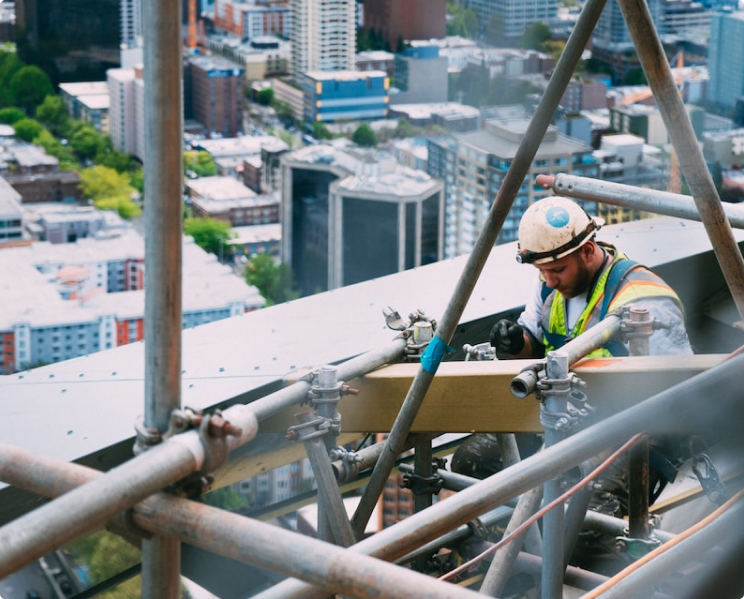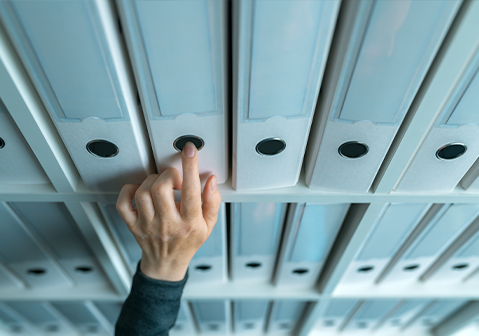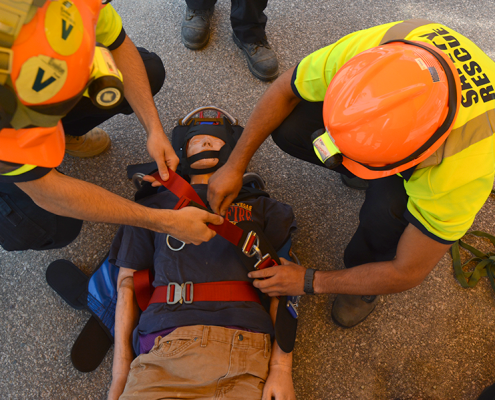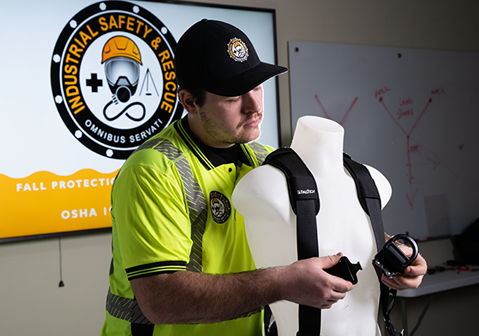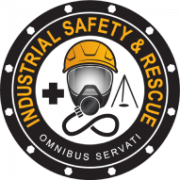How much periodic testing is required?
The frequency of testing depends on the nature of the permit space and the results of the initial testing performed under paragraph (c)(5)(ii)(c).
Paragraph (c)(5)(ii)(F) requires periodic testing, as necessary, to ensure the space is maintained within the limits of the acceptable entry conditions. OSHA believes that all permit space atmospheres are dynamic due to variables such as temperature, pressure, physical characteristics of the material posing the atmospheric hazard, variable efficiency of ventilation equipment, and air delivery system, etc.
The employer will have to determine and document on an individual permit space basis what the frequency of testing will be and under what conditions the verification testing will be done.
Our space has a door, does that mean it does not have limited or restricted means of entry or exit and therefore is not a confined space?
A space has limited or restricted means of entry or exit if an entrant’s ability to escape in an emergency would be hindered. The dimensions of a door and its location are factors in determining whether an entrant can easily escape. However, the presence of a door does not automatically mean that the space is not a confined space.
For example, a space such as a bag house or crawl space that has a door leading into it, but also has pipes, conduits, ducts, equipment, or materials that an employee would be required to crawl over or under, or squeeze around in order to escape, has limited means of exit. A piece of equipment with an access door, such as a conveyor feed, a drying oven, or a paint spray enclosure, will also be considered restricted means of entry or exit if an employee has to crawl to gain access to his or her intended work location. Similarly, an access door or portal which is too small to allow an employee to walk upright and unimpeded through is considered to restrict an employee’s ability to escape. OSHA published a technical amendment to the preamble in Federal Register Vol. 59, No. 213/Friday, November 4, 1994, page 55208.
Request A Quote
What Our Clients Say
Our Team Will Provide You With
Standby rescue services
All IS&R employees are trained first responders, EMTs, Paramedics, and/or Firefighters with the ability to rescue and provide medical attention if needed.
Training for your employees
Our team is OSHA authorized to train your employees and enforce all confined space rules and regulations. We also present guidelines on how to safely enter and exit the confined space you’re working in.
Rescue plans
OSHA requires a written rescue plan before employees enter a permit required confined space. IS&R can work with you to create and write a procedure outlining the best possible work environment in compliance with OSHA standards.
Confined Space Rescue Resources
On-Site, Not Just On Call
Always ready for you where you need us, when you need us.


